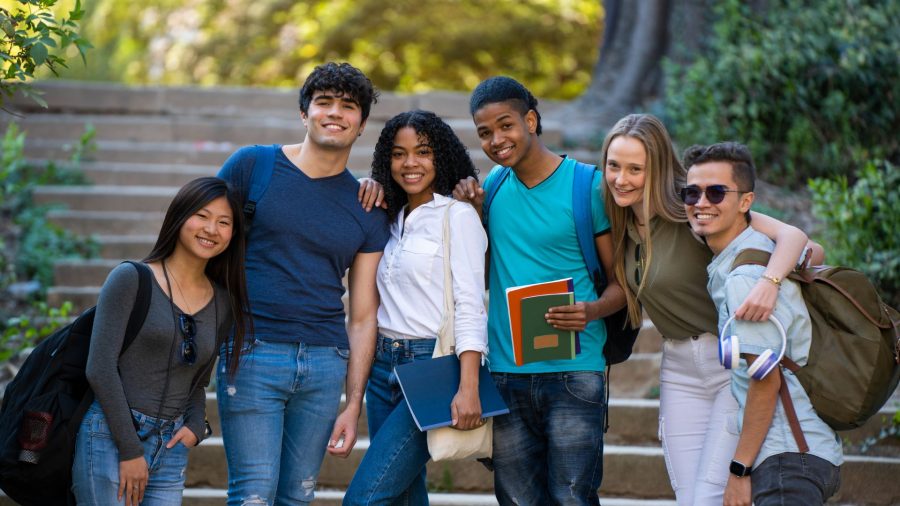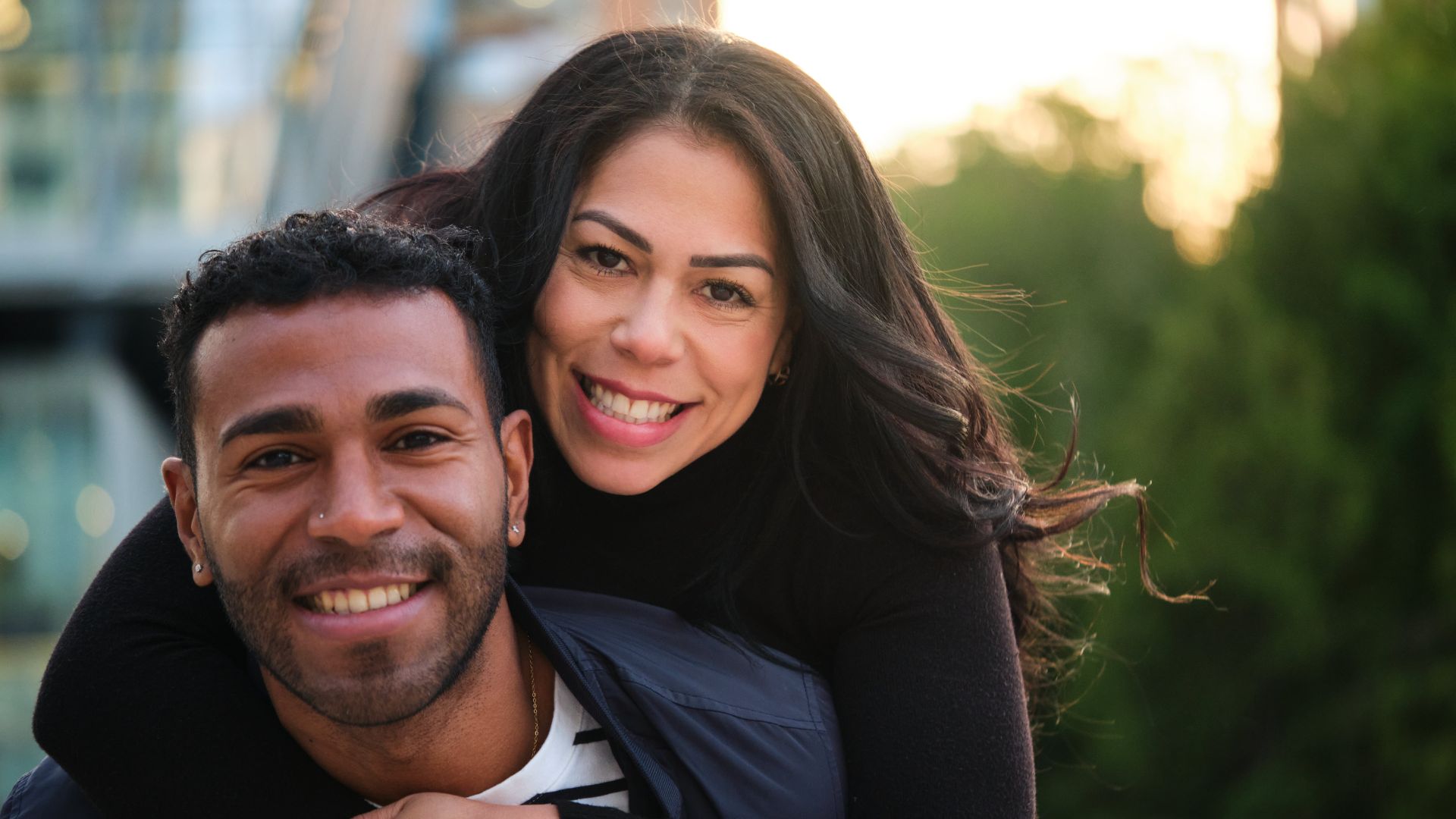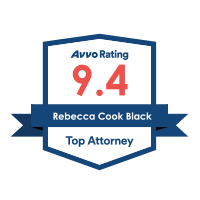Studying in the United States is a dream for many international students seeking world-class education, cultural exposure, and career opportunities. However, the process of obtaining a student visa can be daunting and complex. In this guide, we’ll walk you through everything you need to know about US student visas, from the types available to the application process and tips for success.
Understanding US Student Visas
There are primarily two types of student visas for individuals wishing to study in the USA:
- F-1 Visa: This visa is for students enrolled in academic programs or English language programs at an accredited U.S. college, university, seminary, conservatory, academic high school, private elementary school, or other academic institutions. F-1 visas are granted for the duration of the academic program, plus an additional period known as Optional Practical Training (OPT). The OPT allows students to work in the United States for up to 12 months after completing their academic program. In some cases, students in STEM fields may be eligible for a 24-month extension of OPT.
- M-1 Visa: The M-1 visa is for students enrolled in vocational or other nonacademic programs, excluding language training. M-1 visas are typically issued for the duration of the vocational or nonacademic program. The duration can vary depending on the specific program requirements, but M-1 visa holders are generally granted a period of stay that is long enough to complete their program.
Application Process
Step 1: Receive Acceptance from a U.S. Institution
Before applying for a student visa, you must first be accepted into a Student and Exchange Visitor Program (SEVP)-approved school in the United States. This acceptance will be required during your visa application process.
Step 2: Pay the SEVIS Fee
The Student and Exchange Visitor Information System (SEVIS) fee is mandatory for all F and M visa applicants. You can pay this fee online through the SEVIS website.
Step 3: Complete the DS-160 Form
The DS-160, Online Nonimmigrant Visa Application form, is the first step in applying for a nonimmigrant visa. Be sure to fill out the form accurately and completely.
Step 4: Schedule Your Visa Interview
After completing the DS-160 form, you’ll need to schedule a visa interview at the nearest U.S. embassy or consulate in your home country. Visa interview wait times can vary, so it’s advisable to schedule your appointment well in advance.
Step 5: Attend the Visa Interview
On the day of your interview, be sure to bring all required documentation, including your passport, visa application confirmation page, SEVIS fee payment receipt, and acceptance letter from the U.S. institution. During the interview, be prepared to answer questions about your academic plans, financial situation, and ties to your home country.
Tips for Success
- Start Early: The visa application process can take several weeks or even months, so it’s essential to start early and allow yourself plenty of time to gather documentation and complete necessary steps.
- Be Prepared: Familiarize yourself with the requirements and procedures for obtaining a student visa. Ensure you have all necessary documents and information before attending your visa interview.
- Demonstrate Ties to Your Home Country: Visa officers want to ensure that you intend to return to your home country after completing your studies in the USA. Be prepared to demonstrate strong ties, such as family, employment, or property ownership, to your home country.
- Be Honest and Confident: Answer all interview questions truthfully and confidently. Remember to speak clearly and respectfully to the visa officer.
Next Steps After Obtaining US Student Visa
After obtaining a US student visa, there are several important steps that international students should take to prepare for their journey to the United States and their academic experience:
1. Prepare for Travel:
- Book Travel Arrangements: Secure flights to the United States and make any necessary travel arrangements, such as transportation from the airport to your accommodation.
- Arrange Housing: Research and secure accommodation near your university or college. This could include on-campus housing, off-campus apartments, or homestays.
2. Attend Visa Orientation (if applicable):
- Some countries require students to attend a visa orientation session before departing for the United States. This session provides important information about life in the US, visa regulations, and cultural adjustment.
3. Financial Preparation:
- Tuition and Fees: Ensure that tuition fees are paid and any necessary financial arrangements are in place.
- Budgeting: Create a budget for living expenses, including accommodation, food, transportation, and personal expenses. Consider opening a US bank account for easier financial management.
4. Obtain Health Insurance:
- Many universities require international students to have health insurance coverage while studying in the US. Research and purchase a suitable health insurance plan that meets your needs and the requirements of your institution.
5. Attend Orientation and Registration:
- Most universities and colleges hold orientation sessions for new international students. Attend these sessions to learn about campus resources, academic expectations, and student support services.
- Register for classes according to your academic program requirements. Meet with academic advisors or faculty members for guidance if needed.
6. Get Settled:
- Arrive in the United States before the start of classes to give yourself time to settle in and adjust to your new surroundings.
- Set up essential services such as a mobile phone plan, internet service, and utilities if living off-campus.
7. Get Involved:
- Participate in campus activities, clubs, and organizations to meet new people, make friends, and immerse yourself in campus life.
- Explore the local community and take advantage of cultural and recreational opportunities in your area.
8. Stay Informed:
- Stay informed about visa regulations, immigration updates, and any changes to your student status. Maintain regular communication with your designated school official (DSO) or international student advisor for guidance and support.
By following these steps and actively engaging in your academic and social life in the United States, you can make the most of your experience as an international student and thrive in your new environment.
Transitioning to Life in the USA on Student Visa
Preparing for life in the USA after obtaining a student visa involves several key steps and considerations:
- Understanding Visa Regulations: Familiarize yourself with the terms and conditions of your student visa, including any restrictions on employment, duration of stay, and requirements for maintaining legal status.
- Securing Housing: Research housing options in your university’s area or city where you’ll be studying. This may include on-campus dormitories, off-campus apartments, or homestays. Start looking for accommodation early to ensure you have a place to live upon arrival.
- Financial Planning: Develop a budget to cover tuition fees, living expenses, health insurance, and other costs associated with studying in the USA. Explore scholarships, grants, and financial aid options available to international students.
- Healthcare: Understand the healthcare system in the USA and ensure you have health insurance coverage that meets your needs. Most universities require international students to have health insurance, so inquire about options provided by your institution or consider purchasing a plan independently.
- Cultural Adjustment: Prepare yourself for cultural differences and potential challenges of living in a new country. Be open-minded, flexible, and proactive in seeking support from your university’s international student office or counseling services if you experience culture shock or homesickness.
- Legal Matters: Familiarize yourself with US laws and regulations, particularly those related to immigration, employment, and your rights as an international student. Stay informed about any updates or changes in visa policies that may affect you during your stay.
- Networking and Community Engagement: Build connections with fellow students, professors, and professionals in your field through networking events, clubs, and academic organizations. Engaging with your university community and participating in extracurricular activities can enrich your experience and provide valuable support networks.
- Career Preparation: Start preparing for your post-graduation career early by attending career fairs, workshops, and internship opportunities. Utilize resources provided by your university’s career services office to refine your resume, develop interviewing skills, and explore job prospects in your field.
- Adapting to Academic Expectations: Understand the academic expectations and requirements of your program, including coursework, exams, and grading systems. Seek academic support if needed, such as tutoring services or study groups, to ensure your success in your studies.
- Exploring the Local Community: Take advantage of opportunities to explore the local community and cultural attractions in your city or region. Participate in cultural events, festivals, and outings to broaden your horizons and make the most of your time in the USA.
By proactively preparing for life in the USA, you can make a smooth transition to studying and living abroad, maximizing your academic and personal growth opportunities.
Options After Completing Studies in the US with a Student Visa
After completing education in the US with a student visa, you have several options depending on your goals and circumstances:
- Optional Practical Training (OPT): OPT allows you to work in your field of study for up to 12 months after completing your program. If you have a degree in a STEM (Science, Technology, Engineering, or Mathematics) field, you may be eligible for a 24-month extension of OPT.
- H-1B Visa: If you find a job with a US employer who is willing to sponsor you, you can apply for an H-1B visa. This visa allows US companies to employ foreign workers in specialty occupations that require theoretical or technical expertise.
- Further Education: You may choose to pursue further education by enrolling in another degree program, such as a master’s or doctoral degree.
- Return to Home Country: Some students choose to return to their home country after completing their education to apply the skills and knowledge they have gained in the US.
- Entrepreneurship: If you have entrepreneurial aspirations, you can explore options for starting your own business in the US. There are visa options like the E-2 investor visa or the O-1 visa for individuals with extraordinary abilities.
- Family Sponsorship: If you have immediate family members who are US citizens or permanent residents, they may be able to sponsor you for a family-based immigrant visa.
- Other Work Visas: There are other types of work visas available depending on your circumstances, such as the TN visa for citizens of Canada and Mexico under the NAFTA agreement, or the E-3 visa for citizens of Australia.
It’s important to familiarize yourself with the specific requirements and regulations associated with each option and consult with an immigration lawyer or advisor to determine the best course of action for your individual situation.
Top Countries Pursuing US Student Visas
- China: Chinese students have historically been one of the largest groups of international students in the United States. China’s large population, emphasis on education, and growing middle class contribute to the significant number of students seeking opportunities to study abroad.
- India: India is another major source of international students for US universities. With a population of over a billion people and a rapidly expanding economy, many Indian students pursue higher education opportunities in the United States to gain valuable skills and experience.
- South Korea: South Korea has a strong tradition of valuing education, and many students from South Korea choose to study in the United States for its renowned academic institutions and diverse learning environments.
- Saudi Arabia: Saudi Arabia has been sending a growing number of students to the United States, often sponsored by the Saudi government’s scholarship programs. These students pursue various fields of study, including science, technology, engineering, and mathematics (STEM), as well as humanities and business.
- Vietnam: Vietnam has emerged as a significant source of international students in recent years, with many students opting to study in the United States for its quality education and opportunities for career advancement.
- Brazil: Brazil’s government has been investing in programs to send students abroad for higher education, including to the United States. Brazilian students are attracted to US universities for their academic excellence and the chance to improve their English language skills.
- Nigeria: Nigeria, with its large and youthful population, has seen a growing number of students applying for US student visas. Many Nigerian students seek educational opportunities in the United States to gain international exposure and access high-quality education.
Conclusion
Obtaining a student visa to study in the United States is a significant milestone for many international students. By understanding the visa application process, being prepared, and following these tips for success, you can navigate the path to studying in the USA with confidence. Good luck on your academic journey!







